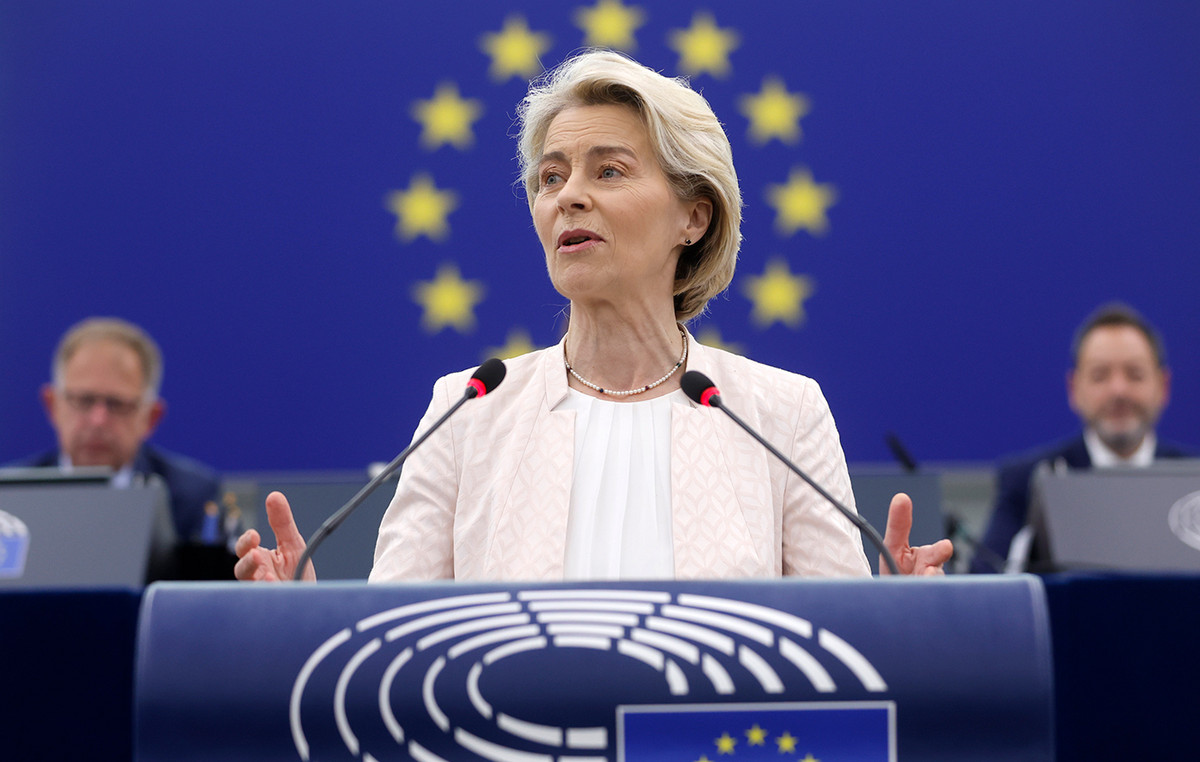- USD/MXN drops to fourteen-day lows at 17.91.
- The US dollar rebounds higher after Powell’s words, but fails to overcome the Mexican peso.
- Mexican inflation rises to 4.98% annually in June, its highest level in a year.
The USD/MXN opened Tuesday’s European session around 18.05, but following the higher-than-expected Mexican inflation data, the pair has fallen sharply to fresh two-week lows at 17.91. At the time of writing, the pair is trading above 17.93, losing 0.43% on the day.
US Dollar Rebounds Higher on Jerome Powell’s Words
Federal Reserve Chairman Jerome Powell has testified before Congress, delivering the Semiannual Policy Report and answering questions before the Senate Banking Committee. In his testimony, Powell noted that the labor market has cooled considerably and that interest rate cuts will not be appropriate until the Fed gains greater confidence in inflation.
These words have caused the Dollar Index (DXY) to rebound, first falling to a daily low of 104.98 and then rising to a two-day high of 105.15.
CME Group’s FedWatch tool has not changed much since the statement, putting the chances of a rate cut at the September meeting at 71.8%.
Mexico’s inflation rises to its highest level in a year
Mexico’s Consumer Price Index (CPI) rose in June to 4.98% annually from 4.69% in May, its highest level in a year. This is the fourth consecutive month of increases for the indicator, which disappoints market expectations, as a less significant increase was expected, to 4.84%. Monthly inflation has risen at a rate of 0.38% in June, exceeding the previous -0.19% and the +0.24% expected.
The core CPI, which excludes food and energy, rose 0.22% on a monthly basis, up from 0.17% previously and down from 0.24% expected. The annual rate stood at 4.13%, down from 4.21% in May.
Mexico has also published its data on Consumer confidence. The indicator has improved to 48.1 points in June from 46.7 in May, its best record since July 2019.
USD/MXN Price Levels
The US Dollar has been making progressively lower lows against the Mexican Peso for six consecutive days. Initial support appears at 17.87, where the low of June 24 is, prior to the containment area established by the 100 moving average on the daily chart at 17.19. Further down, the target is in the psychological zone of 17.00.
On the upside, initial resistance is set at the 100-day moving average on the hourly chart at 18.07. Above that lies the 18.49/18.50 zone, the July high and round level, respectively.
US Dollar FAQs
The United States Dollar (USD) is the official currency of the United States of America, and the de facto currency of a significant number of other countries where it is in circulation alongside local banknotes. As of 2022, it is the most traded currency in the world, accounting for over 88% of all global foreign exchange transactions, equivalent to an average of $6.6 trillion in transactions per day. Following World War II, the USD took over from the British Pound as the world’s reserve currency.
The single most important factor influencing the value of the US dollar is monetary policy, which is determined by the Federal Reserve (Fed). The Fed has two mandates: to achieve price stability (control inflation) and to promote full employment. Its main tool for achieving these two goals is to adjust interest rates. When prices rise too quickly and inflation exceeds the Fed’s 2% target, the Fed raises rates, which helps the dollar. When inflation falls below 2% or the unemployment rate is too high, the Fed can lower interest rates, which weighs on the dollar.
In extreme situations, the Federal Reserve can also print more dollars and enact quantitative easing (QE). QE is the process by which the Fed substantially increases the flow of credit in a jammed financial system. It is an unconventional policy measure used when credit has dried up because banks are not lending to each other (for fear of counterparty default). It is a last resort when simply lowering interest rates is unlikely to achieve the necessary result. It was the Fed’s weapon of choice to combat the credit crunch that occurred during the Great Financial Crisis of 2008. It involves the Fed printing more dollars and using them to buy US government bonds, primarily from financial institutions. QE typically leads to a weakening of the US dollar.
Quantitative tightening (QT) is the reverse process whereby the Federal Reserve stops buying bonds from financial institutions and does not reinvest the principal of maturing securities in new purchases. It is generally positive for the US dollar.
Source: Fx Street
I am Joshua Winder, a senior-level journalist and editor at World Stock Market. I specialize in covering news related to the stock market and economic trends. With more than 8 years of experience in this field, I have become an expert in financial reporting.







